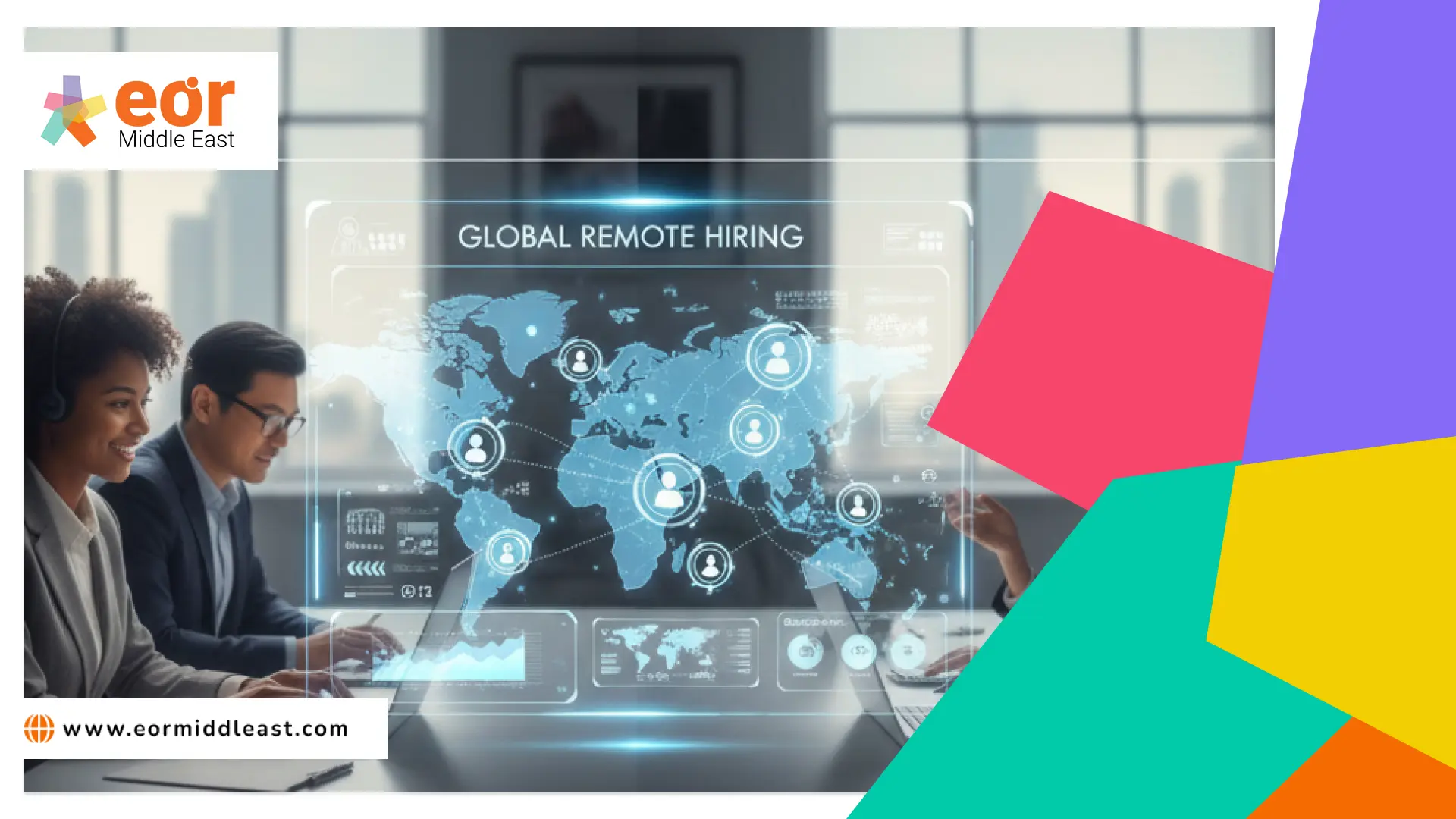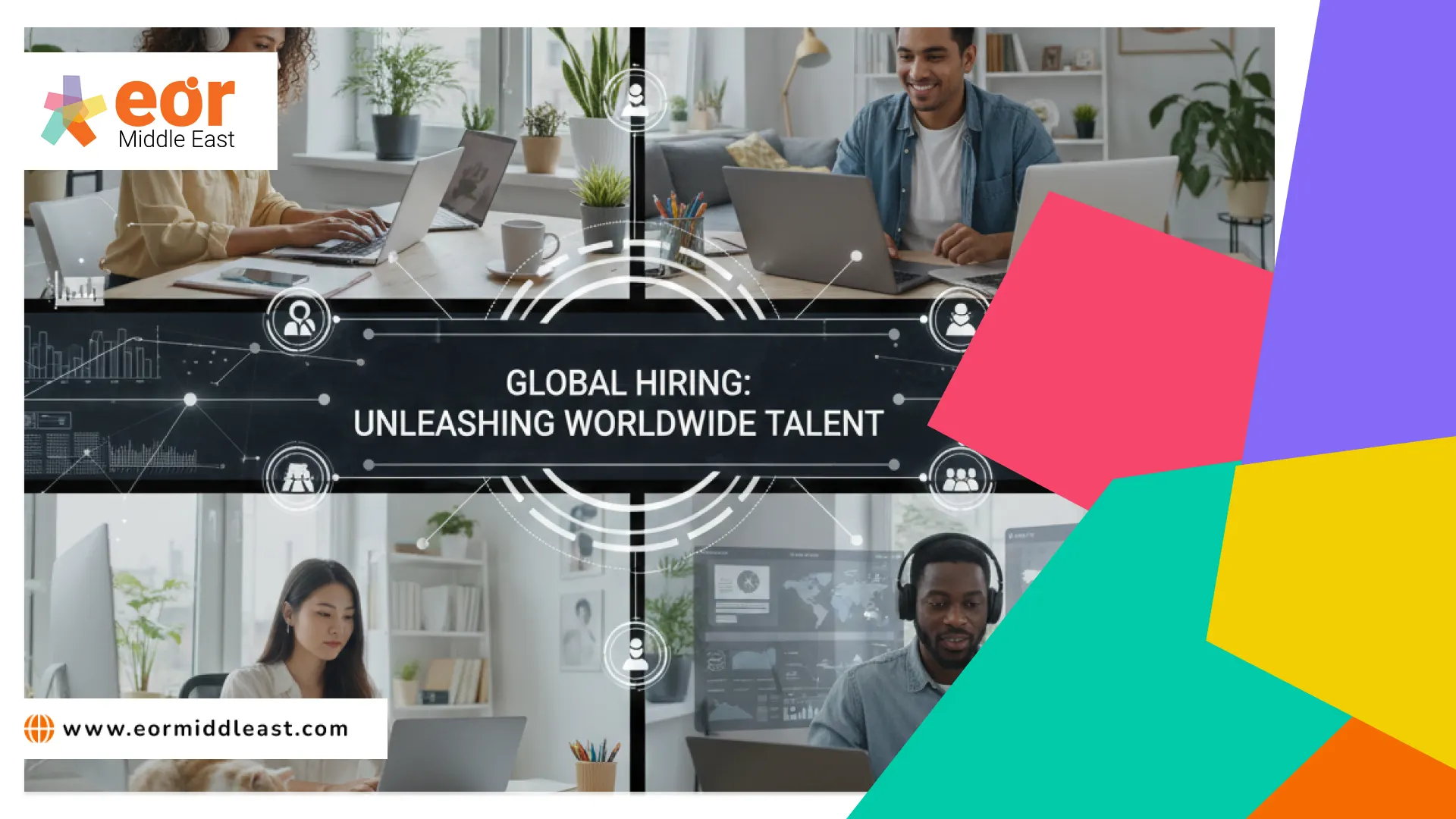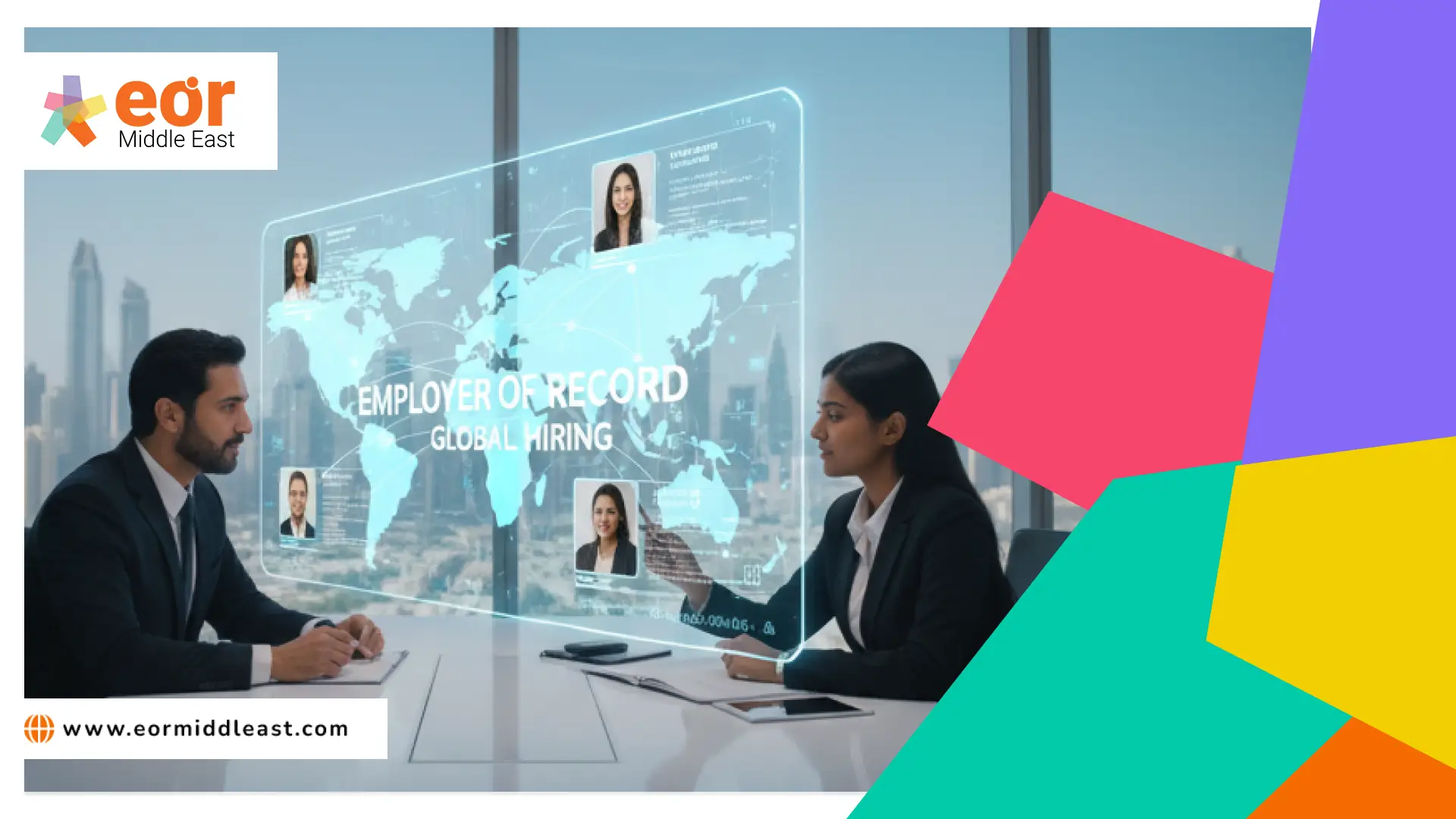The recent years have meant profound transformations for all organizations in any field. For example, many people have found it necessary to work from home, and a scenario of the redesign of physical spaces in offices is also glimpsed in a not-so-far-away future. In addition, the HR process of companies is directly impacted by this evolution.
In this article, we will explain why it is a good moment to reinvent your HR process. Discover how almost every HR process is experiencing an explosion of new technology, from referral tools to candidate relationship performance management, assessment tools, applicant tracking, and more. Let us observe:
- Adaptation steps
- Steps to design your HR process
- Human Resources Department: How to transform it?
- How can we help you obtain more information about HR processes?
1. Adaptation steps
Organizations focus on their customers to provide quality experiences and services. However, it is clear that they must reorient themselves internally based on their human capital to make this happen. By taking advantage of technology, companies will be able to strengthen the skills of each of their talents. Also, they can focus more on the specific needs of each one than on subjective or general issues.

But… how to do it? A good adaptation requires at least an integrated view of these 3 points:
1.1 Understanding
The organization’s design must have a complete understanding of the HR processes of each entity. This is in order to link each need for information and feedback that may exist between each of them. In other words, they must know how each one is linked to the other; evaluating what specific data they need to work on and the possible results.
Efforts should focus on improving the skills and abilities of each individual in order to achieve concrete results.
1.2 Integration
Understanding the processes and the need for information of each one of them, it is necessary to achieve integration. It must be strategically coordinated, seeking that each tool used, or defined to be used, links to other; generating a unique base of information.
Within this scheme of integrated systems and processes, recruitment processes must be a source of nourishment. This is in order to understand where to focus onboarding and/or learning efforts. In addition, to achieve better adaptability of the new additions to the culture and needs of the company. In turn, the results of the performance evaluations must be complemented with them. To adjust the periodic monitoring and make decisions on alternative routes -if necessary.
These results will be key material to design or adjust the career and development plans of each person. In addition to possible new definitions of remuneration policies.
1.3 Evaluation
Like any transformation process, it requires constant review and updating in order to achieve continuous improvement. A correct way to do it is the definition of objectives and the measurement of the evolution of the results. In other words, to touch up those items that are glimpsed not working within the change process. And, as a result, to adjust them at the most favorable moment.
As business leaders grapple with how to design the future of HR, they focus on technologies that deliver immediate results. To reinforce it, it is vital to achieve the integration of the information of the existing HR process or module. Or seek to commit to a suite of solutions to have total traceability of each action designed for monitoring, learning, and developing.
Planning to change your HR management strategy in the current context of uncertainty is not an easy task. It requires collaboration, communication, actionable information, and foresight, among many other aspects. After all, Human Resources is not an exclusive responsibility of this department, as people are the essence of organizations’ structures and their differential value.
2. Steps to design your HR process
Being aware of this new reality, we will provide you with three steps with the aim of helping your Human Resources management to develop a coherent and fully-aligned strategy.
2.1 Evaluate your resources
Depending on your position in the company, you may be involved in creating the business strategy. Getting involved from the beginning, and helping to define the business objectives will always be the best way to guarantee a direct link to the HR process. However, even if that is not the case, there are other ways to ensure that you start your HR succession planning off on the right foot.
Start by gathering as much information as possible from your senior staff. Create a library of documents that will serve to document your Human Resource consulting. This will be useful for you to access the business plan for the year to come, in order to identify the objectives, market trends, threats, and opportunities for the organization.
Gather as much information as opssible and analyze it. Take your time to get to know the current situation of the organization and where it is going. Knowing the organization in-depth will help you adapt your HR solutions to the real world. At the same time, it will give you the best chance to contribute to the future success of the company.

2.2 Communicate regularly and collaborate with the right people
Creating an HR strategy is a collaborative process. When creating and formalizing it, you will need information from the managers of your organization. This is because HR concerns all the members of the company. Hold yourself accountable for creating the necessary processes and culture so that the people in your organization can thrive as the organization thrives with them.
In addition, make sure you have opened clear lines of communication with managers. Schedule weekly or bi-weekly follow-ups throughout the UAE and Dubai consultants‘ prochress to refine the plan.
Once the leadership team reaches a consensus on the HR strategy, the work does not stop. Go one step further and create an adoption plan for team leaders and managers.
Incorporate feedback elements to define even more precisely the concrete results of the HR strategy and hold mid-level managers accountable. After all, many processes and actions related to HR will go through them. If you do it right, this step will make your managers almost a part of the HR team; they will be the ones working on the ground to bring the plan to life.
2.3 Test and analyze
Finally, once you have reached this point, it is likely that you already have a defined HR strategy.
When it comes to corporate structure and timing, there is no single correct answer. You can set it for a whole year (or even longer), or you can break it down into quarters with actionable goals. Every business is different, and the first two steps will help you define what is best for your organization.
However, what is absolutely essential is that you do not limit yourself to conceiving the HR strategy as a static and punctual exercise. Incorporate “test and analysis” practices that allow you to know which aspects of the strategy work throughout its time scope. Over time, you will ensure to eliminate assumptions and incorrect approaches, and you will develop your HR strategy based on what really works.
3. Human Resources department: How to transform it?
The central objective of this transformation is for the Human Resources department to add value to the company from its position as a strategic area. That is, to become an engine of change and competitive advantages that improve values such as productivity, performance, and positioning.
CEOs and senior management are increasingly concerned about human talent, which they consider the main capital of the organization. In addition, the current labor market is characterized by high competitiveness.
If we take these factors into account, the most reasonable thing is that the transformation of the Human Resources department to meet the challenges of the 21st century involves implementing solutions such as those described below:
3.1 Create networks of excellence within the organization
Those responsible for Human Resources should not be centralized in a single area, as has happened until recently. In contrast, they should integrate as much as possible at the different levels and from there they form networks of excellence to increase the quality of internal processes.
3.2 Invest in development programs
Today, more than ever, professionals must be aware of the changes that are happening in their environment. For this reason, it is the task of Human Resources to promote continuous training and development programs that allow them to update their knowledge.
3.3 Generate new strategies to attract talent
It is no longer just about hiring staff to fill vacancies. Now, the recruitment work goes much further. It is, above all, about developing strategies that attract the best-qualified professionals in their sector and retaining the talents that are already part of the companies. Remember, talent is a way to differentiate you from our competitors.
3.4 Use integrated data systems
Accumulated folios, files, and data stored in different formats? The Human Resources department of the 21st century must use the different tools that technology offers when it comes to integrating data and relevant information, as well as management resources that allow it to carry out monitoring, control, analysis, and Hay evaluation tasks.
3.5 It proposes more open and participatory work environments
According to recent studies of the sector, one of the main concerns of workers in the 21st century is that the work environment of their companies offers them the conditions for good professional performance. This means, redesigning traditional models and opting for others in which openness, fluidity of information, and participation prevail.
Redesigning the Human Resources department is not just a matter of adapting to the moment. It is also a way to generate positive and strategic changes in our organization. The Human Resources department is one of the corporate areas that have undergone the most changes in recent years.
The consolidation of the Internet and new technologies, but above all the increasingly leading role played by human capital in companies, has forced those responsible for this area to rethink some of their objectives and strategies. In this sense, the question now is whether the Human Resources department has sufficient resources and skills to meet the needs of each business in the new context.
4. How can we help you obtain more information about HR processes?
A redesign can be carried out as a consequence of different circumstances that, inevitably, bring changes for the workers. For this reason, you must bear in mind that, as a member of the Human Resources department, you are a fundamental piece of this process and it is up to you to ensure the well-being of your employees.
The people’s needs of your business are welcome at EOR Middle East. With our Employer of Record and HR services, you can employ independent contractors or any other kind of worker in the Middle East.
Similarily, you can ask for our Abu Dhabi consultancy services if you want to expand your business into other locations. Check out some of the countries we are in:
- Egypt
- Saudi Arabia
- Jordan
- United Arab Emirates
- Israel
- Lebanon
- Oman
- Bahrain
- Libya
- Turkey
- Kuwait
- Qatar

Would you like to receive our help to find the employees your company needs? E-mail us at [email protected]. Our team will quickly respond to your inquiries and address any questions you may have. Contact us now and receive more information about our solutions and packages!
If you wish to work with our team of specialists, you can also send us your resume on thetalentpoint.com. Visit The Talent Point and find our current job openings! You can also e-mail us your CV via email at [email protected].


